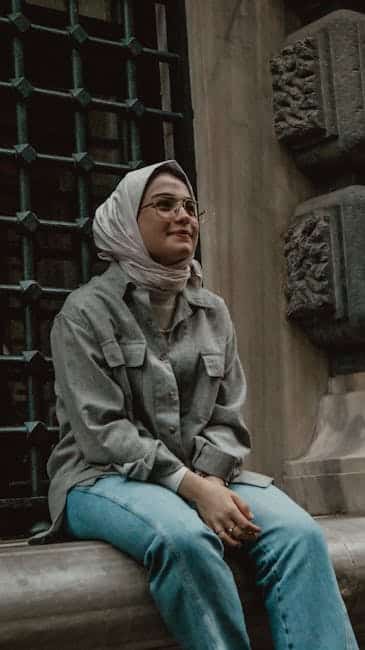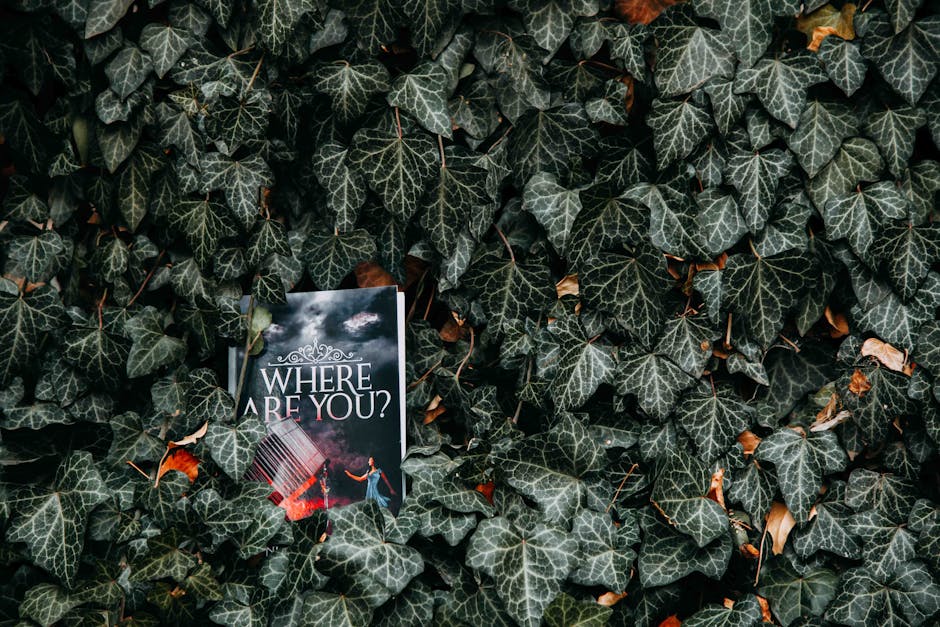Exploring Chicago’s Diverse Cultural Heritage
Chicago, often referred to as the “Windy City,” is a vibrant metropolis with a rich tapestry of cultural heritage. Nestled on the shores of Lake Michigan, this city is a melting pot of cultures, offering a unique blend of history, art, music, and cuisine. Whether you’re a local resident or a visitor, exploring Chicago’s diverse cultural heritage is an enriching experience that provides insight into the city’s dynamic evolution. In this blog post, we will delve into the various aspects of Chicago’s cultural landscape, providing you with an informative and engaging guide to this city’s multifaceted identity.
The Historical Roots of Chicago’s Cultural Diversity
Chicago’s cultural diversity is deeply rooted in its history, which can be traced back to the 19th century. During this time, the city became a hub for immigrants arriving from Europe, Asia, and later Latin America, all seeking better opportunities. According to the Chicago History Museum, by the year 1900, more than 77% of Chicago’s population was either foreign-born or the children of immigrants. This immigrant influx laid the foundation for Chicago’s rich cultural mosaic.
The Influence of European Immigrants
European immigrants have played a significant role in shaping Chicago’s cultural heritage. Neighborhoods like Pilsen and Ukrainian Village are prime examples of how diverse European cultures have left an indelible mark on the city. Pilsen, known for its vibrant Mexican culture, was once a predominantly Czech neighborhood. Today, it is celebrated for its colorful murals and the National Museum of Mexican Art. Meanwhile, the Ukrainian Village showcases beautiful Eastern European architecture and hosts the Ukrainian National Museum.
The African American Cultural Impact
The Great Migration, which saw a massive movement of African Americans from the rural South to the urban North, significantly impacted Chicago’s cultural landscape. Bronzeville, known as the “Black Metropolis,” became a center for African American culture and business. The area is renowned for its jazz and blues music heritage, with legends such as Louis Armstrong and Nat King Cole starting their careers here. The DuSable Museum of African American History in Washington Park offers visitors a glimpse into the rich contributions of African Americans to Chicago’s cultural tapestry.
Chicago’s Vibrant Neighborhoods: A Cultural Journey
Chicago’s neighborhoods are like individual villages, each with its own unique cultural identity. Exploring these neighborhoods offers a fascinating journey through the city’s diverse cultural heritage.
Chinatown: A Taste of Asia
Located on the Near South Side, Chicago’s Chinatown is a bustling enclave that offers a taste of Asian culture. Established in 1912, it is one of the oldest Chinatowns in North America. Visitors can explore the ornate Chinatown Gate, the Chinese-American Museum of Chicago, and indulge in authentic Chinese cuisine at restaurants like MingHin Cuisine and Lao Sze Chuan. Don’t miss the annual Chinese New Year Parade, a vibrant celebration featuring dragon dances and cultural performances.
Little Italy: A Culinary Delight
Chicago’s Little Italy, located in the Near West Side, is a testament to the enduring influence of Italian immigrants. Taylor Street is the heart of this neighborhood, where Italian restaurants, cafes, and bakeries line the streets. Feast on classic Italian dishes at places like Rosebud and Mario’s Italian Lemonade. The Italian American Sports Hall of Fame and the Festa Italiana, an annual summer festival, celebrate the rich Italian heritage in the city.
Greektown: A Mediterranean Escape
On the Near West Side, Greektown offers a slice of Mediterranean culture. Established by Greek immigrants in the early 20th century, this neighborhood is known for its authentic Greek cuisine and lively atmosphere. Taste traditional dishes at The Parthenon and Athena, and explore the National Hellenic Museum, which showcases the history and contributions of Greek Americans.
The Role of Festivals in Celebrating Cultural Diversity
Chicago hosts numerous festivals throughout the year, celebrating its diverse cultural heritage. These festivals provide an excellent opportunity for residents and visitors alike to experience the city’s vibrant culture firsthand.
Chicago Jazz Festival
The Chicago Jazz Festival, held annually over Labor Day weekend, is a celebration of the city’s rich jazz heritage. This free event takes place in Millennium Park and features performances by world-renowned jazz musicians. It’s a must-visit for music enthusiasts looking to experience the soulful sounds of jazz in the heart of Chicago.
Taste of Chicago
Taste of Chicago is one of the largest food festivals in the world, offering a delectable journey through the city’s diverse culinary scene. Held in Grant Park, this festival showcases a wide array of cuisines from various cultures, including Mexican, Indian, Italian, and more. It’s a gastronomic adventure that highlights Chicago’s culinary diversity.
Chicago Cultural Center Events
The Chicago Cultural Center, located in a stunning historic building, hosts a variety of free cultural events throughout the year. From art exhibitions and music performances to lectures and workshops, this center is a hub for cultural activities that celebrate the city’s diversity.
Actionable Tips for Exploring Chicago’s Cultural Heritage
To make the most of your journey through Chicago’s diverse cultural heritage, consider these actionable tips:
1. Plan Your Visit Around Festivals: Check the city’s event calendar and plan your visit around cultural festivals to experience the vibrant celebrations and diverse cultural expressions.
2. Explore Neighborhoods on Foot: Take the time to explore Chicago’s neighborhoods on foot. Walking allows you to discover hidden gems, interact with locals, and immerse yourself in the local culture.
3. Visit Cultural Institutions: Make a list of cultural institutions, such as museums and cultural centers, that you want to visit. These places offer valuable insights into the city’s history and cultural contributions.
4. Savor International Cuisine: Chicago’s culinary scene is a reflection of its cultural diversity. Be adventurous and try cuisines from different cultures to get a taste of the world in one city.
5. Engage with Local Communities: Attend community events, workshops, and cultural performances to engage with local communities and gain a deeper understanding of their traditions and values.
Conclusion: Embracing Chicago’s Cultural Diversity
Chicago’s diverse cultural heritage is a testament to the city’s evolution as a global metropolis. From its historical roots to its vibrant neighborhoods and lively festivals, Chicago offers a rich tapestry of cultural experiences that are waiting to be explored. Whether you’re delving into the city’s history, savoring its international cuisine, or participating in cultural celebrations, Chicago’s diverse cultural heritage provides a captivating journey that enriches the soul and broadens the mind.
By embracing and celebrating this diversity, we not only honor the city’s past but also pave the way for a more inclusive and culturally rich future. So, pack your bags, put on your walking shoes, and embark on a journey to explore Chicago’s diverse cultural heritage – a journey that promises to be both enlightening and unforgettable.


